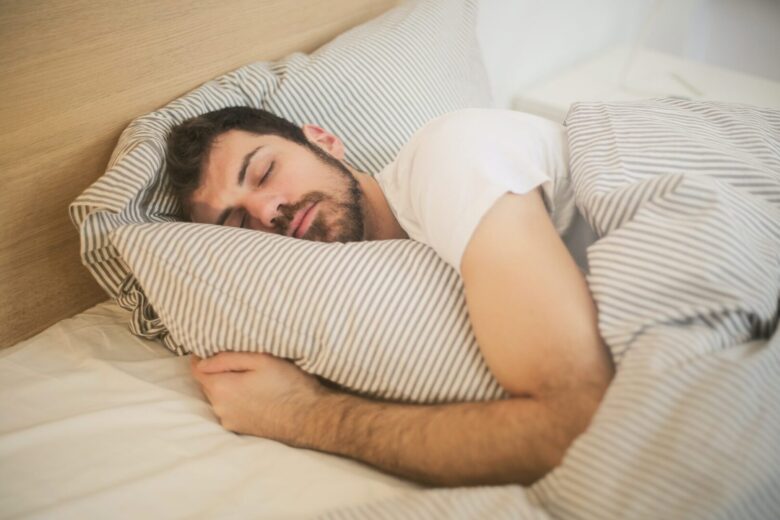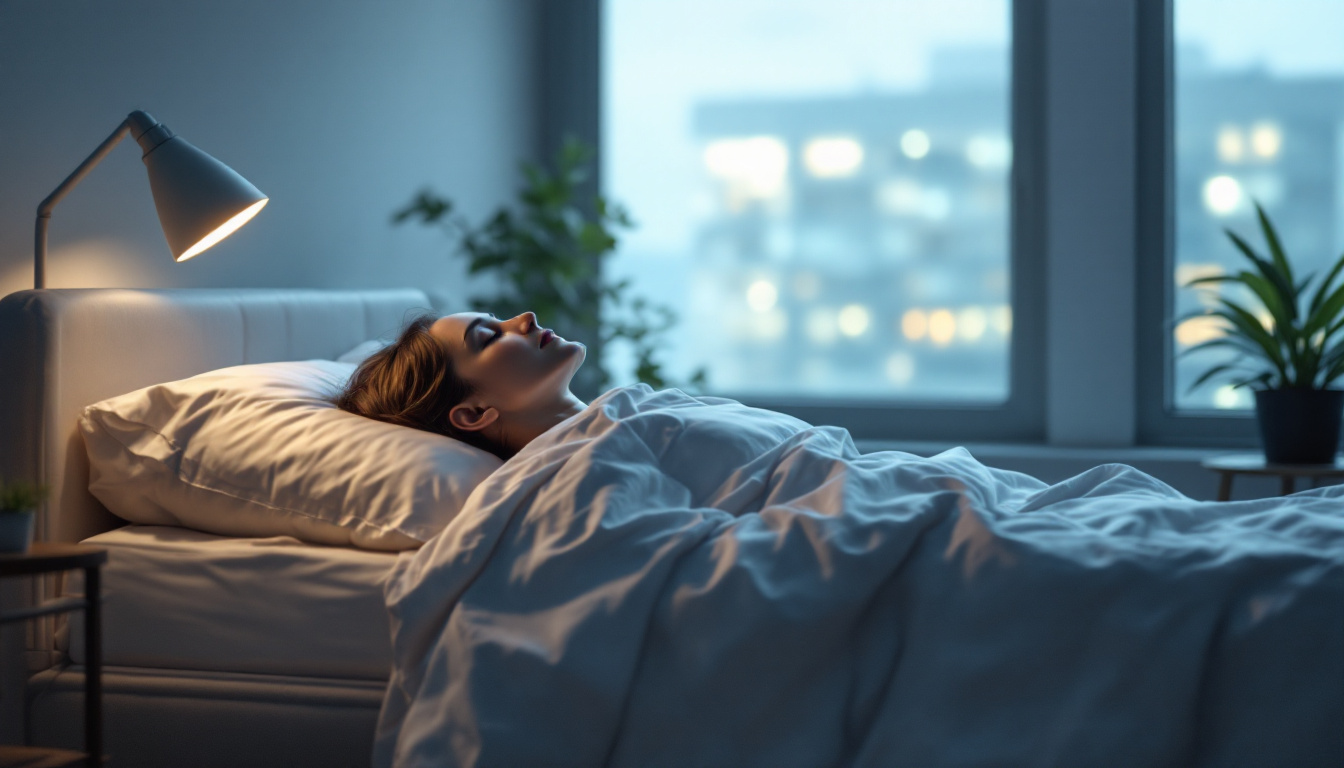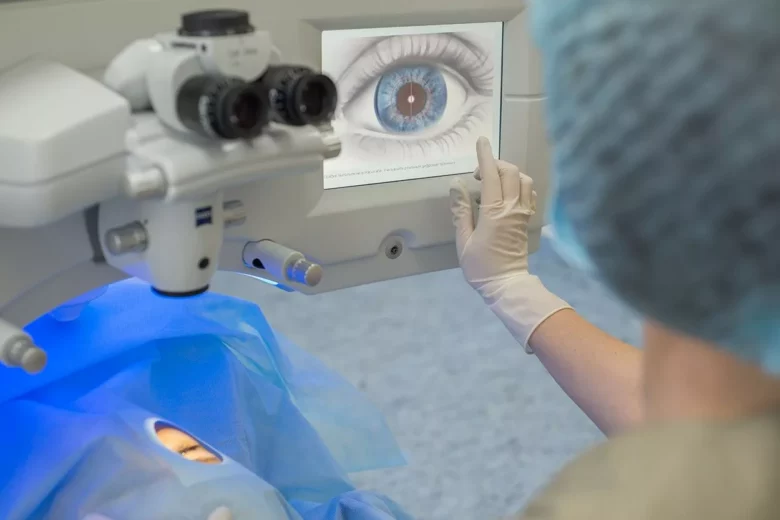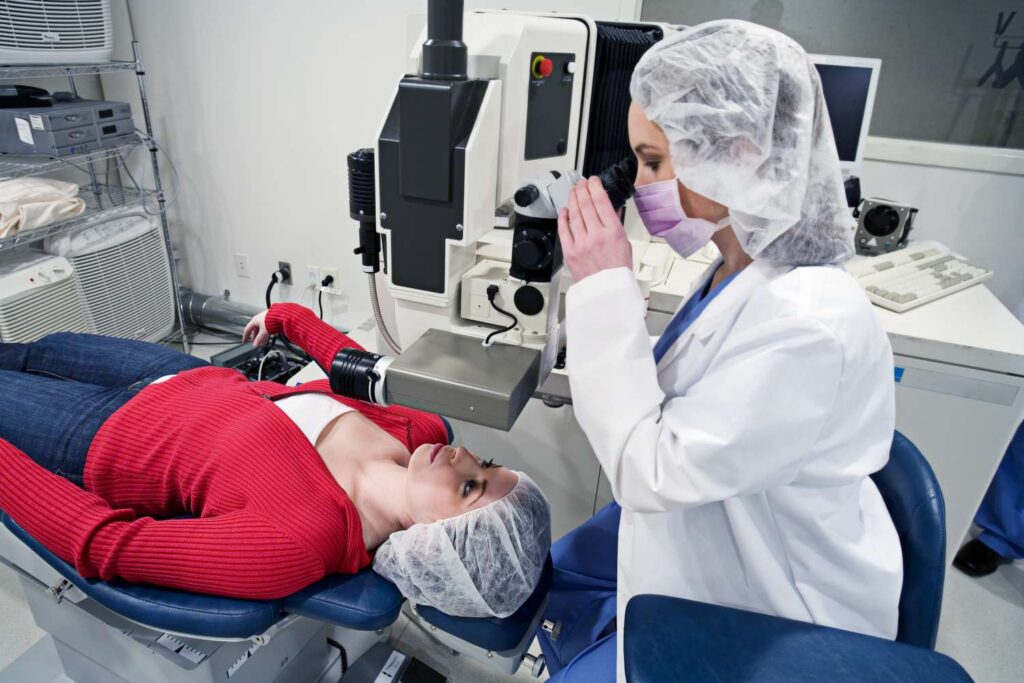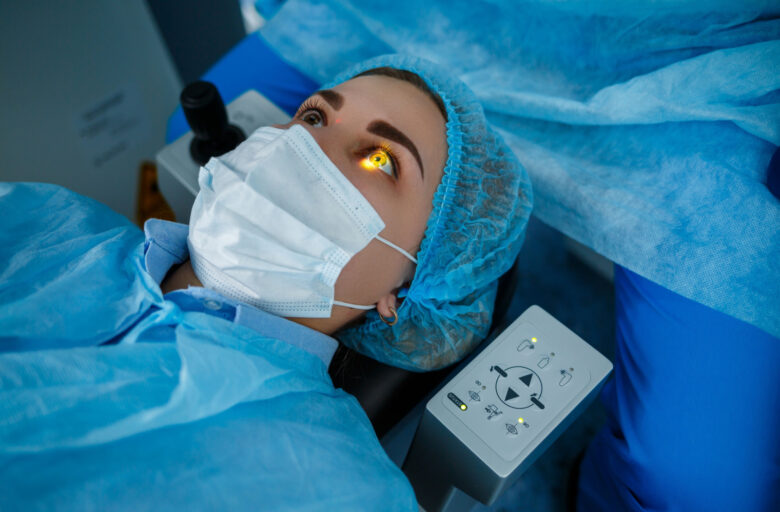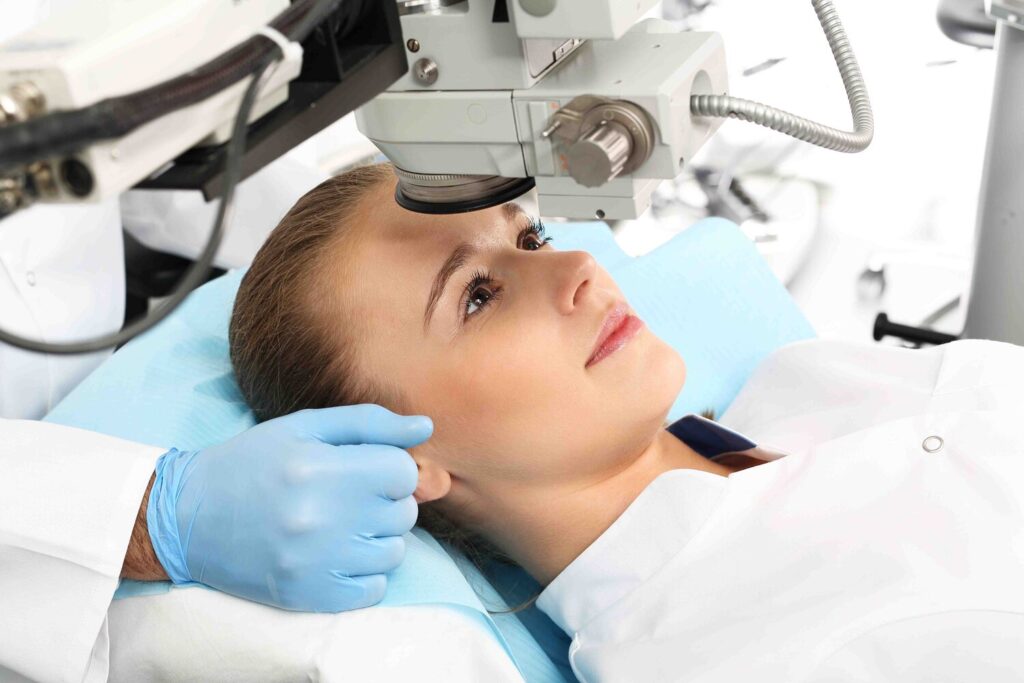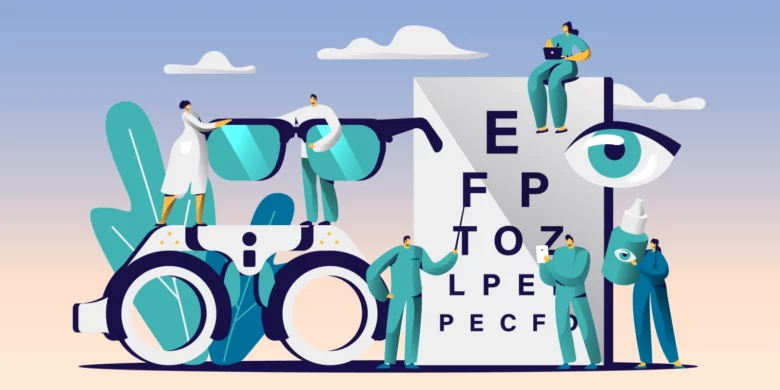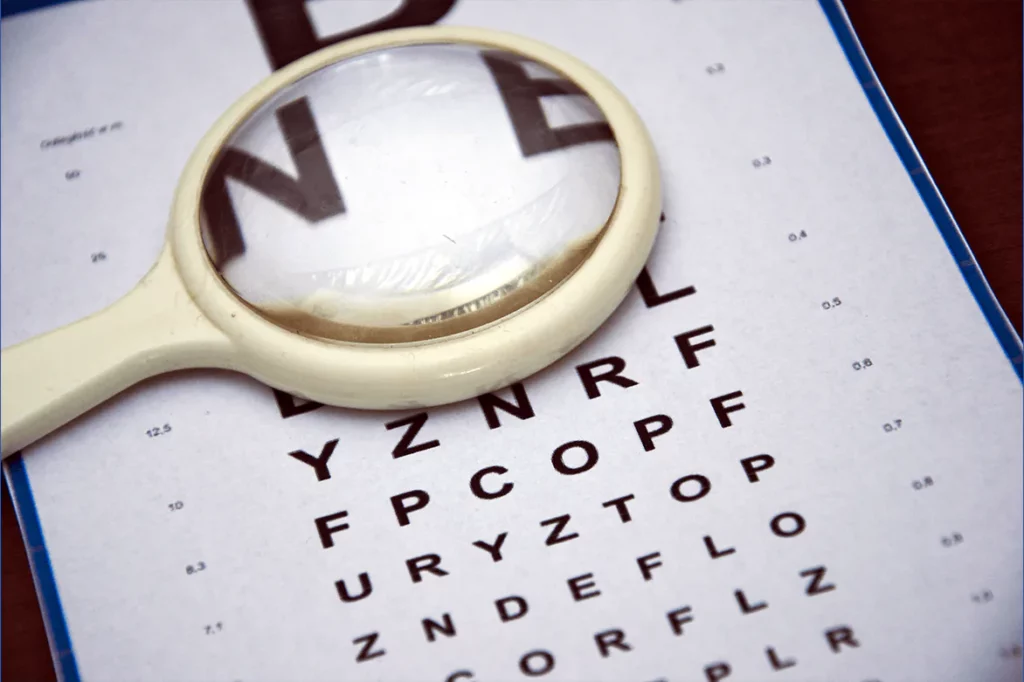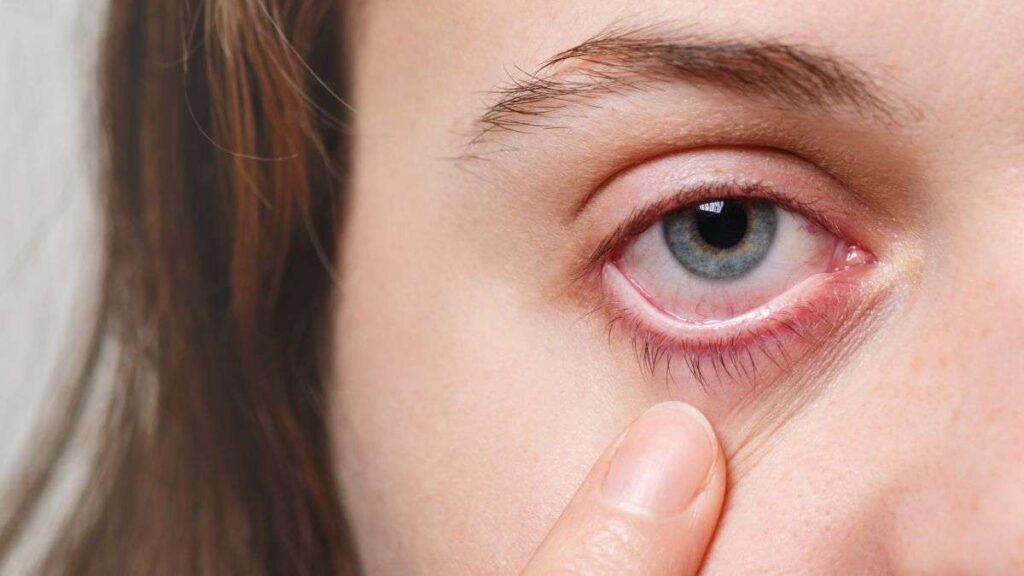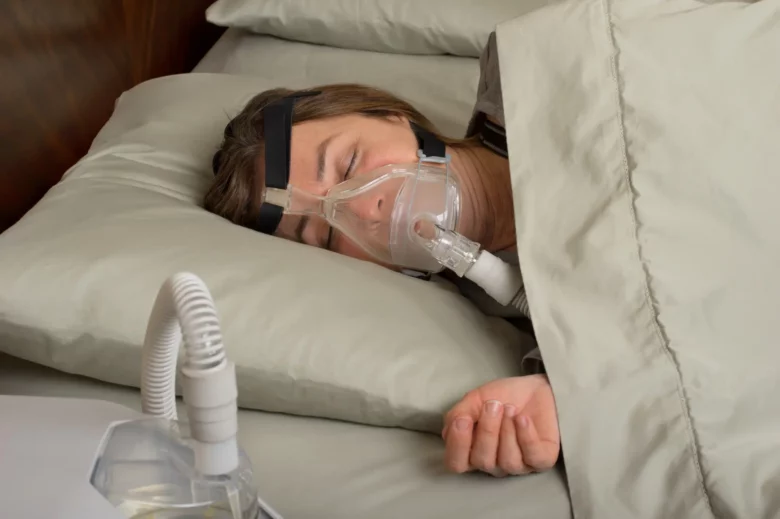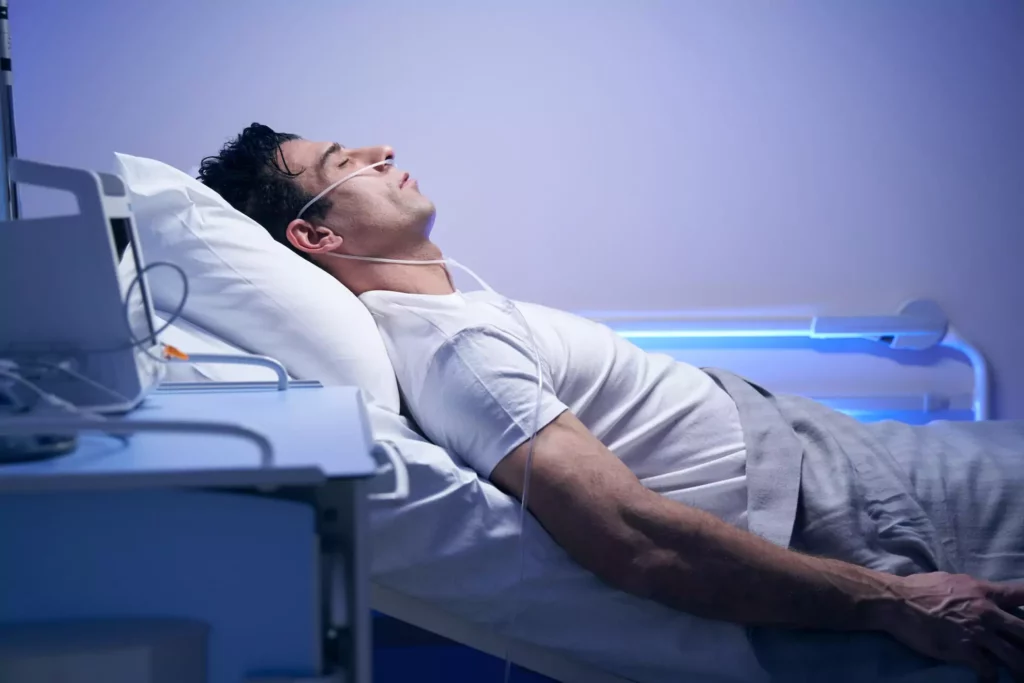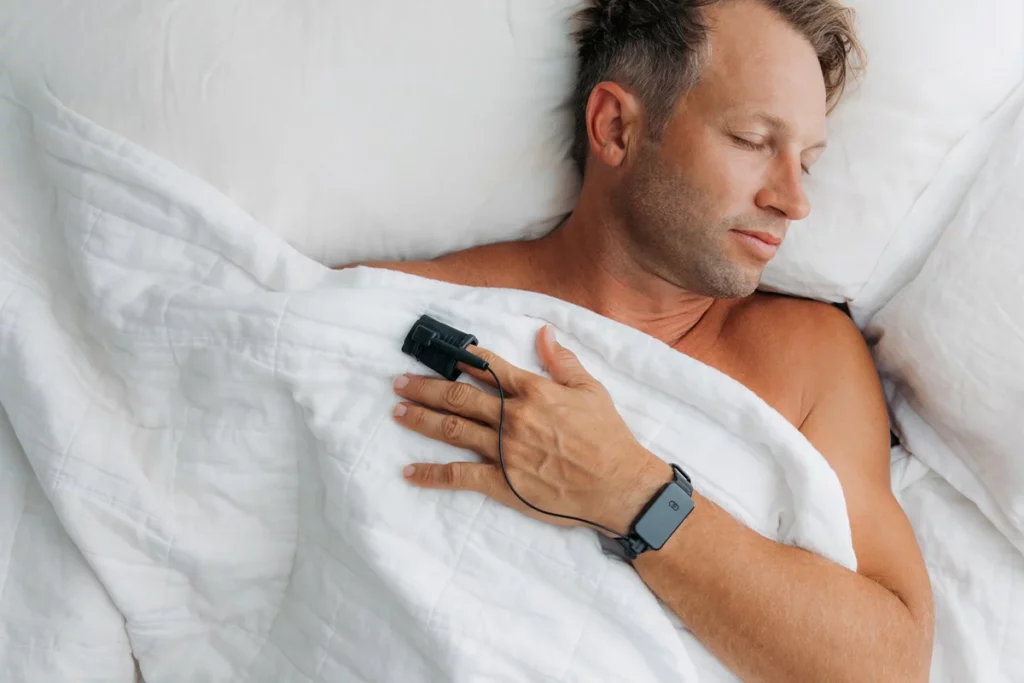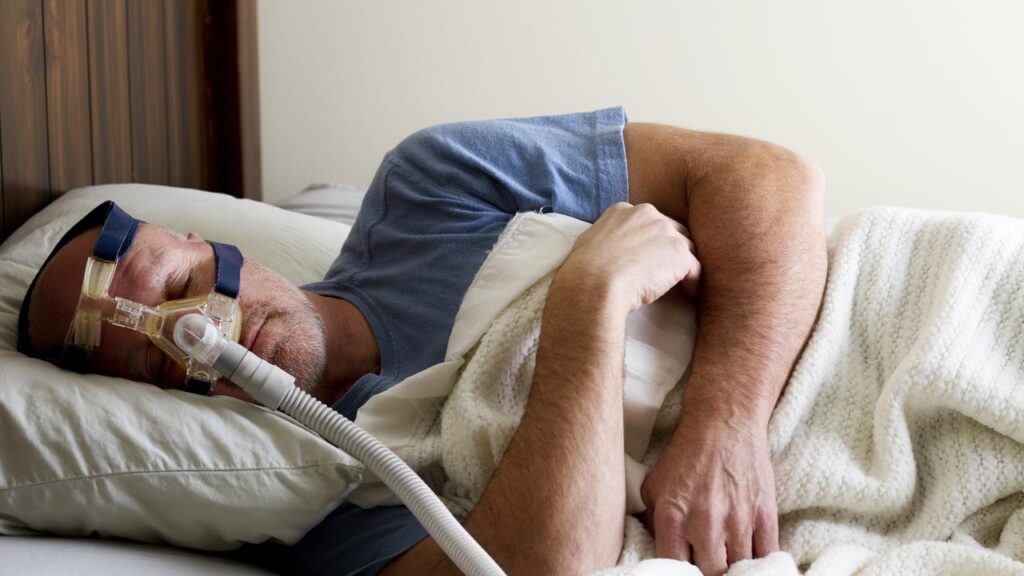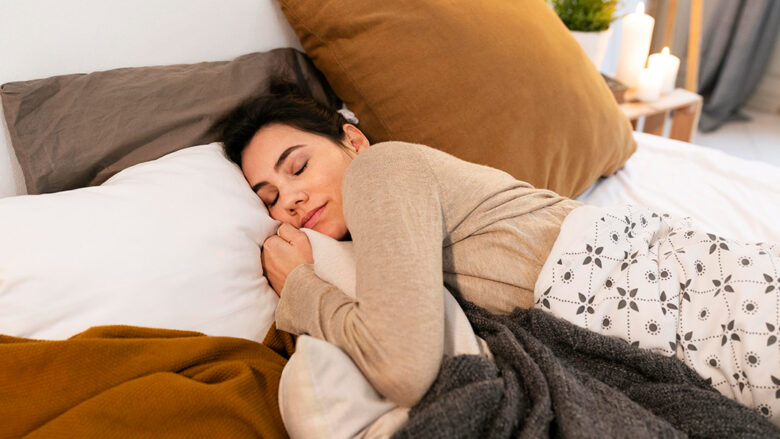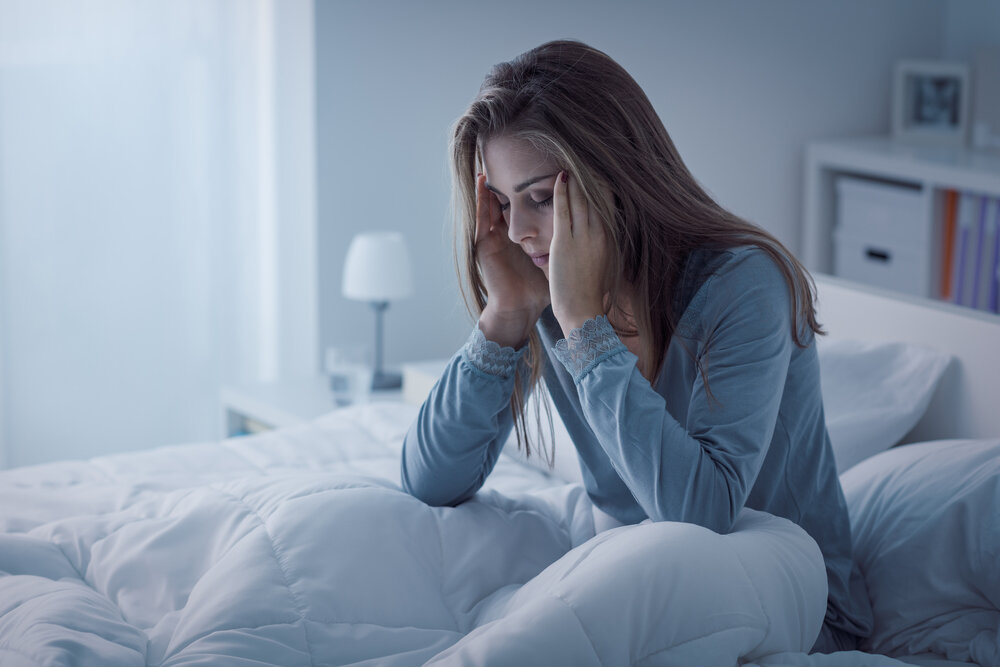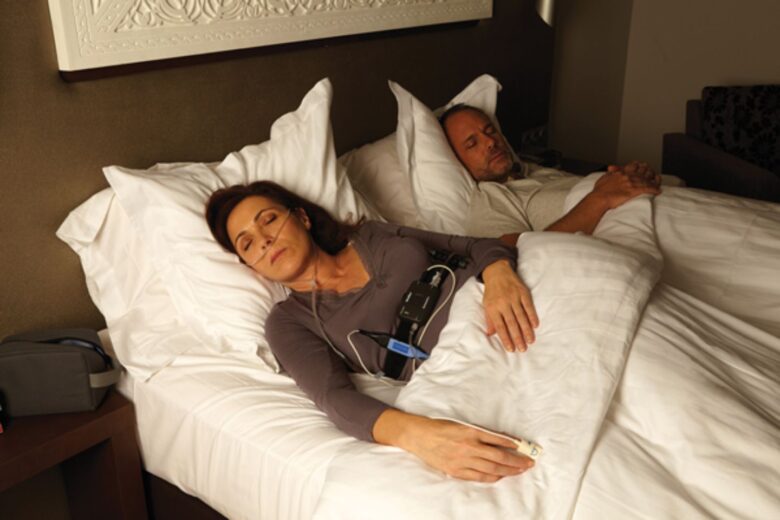Understanding Sleep Disorders
Sleep disorders affect millions of Australians, impacting their overall health and quality of life. Conditions such as sleep apnoea, insomnia, and restless leg syndrome can lead to serious health complications if left untreated. Understanding these disorders is the first step towards seeking effective treatment. Symptoms may include excessive daytime sleepiness, loud snoring, and difficulty concentrating, all of which can severely hinder daily functioning.
In recent years, there has been a growing awareness of the importance of sleep health. With more individuals recognising the significance of quality sleep, the demand for accurate diagnosis and treatment options has surged. This is where home sleep study services come into play, offering a convenient and effective solution for those seeking answers.
The Importance of Diagnosis
Accurate diagnosis is crucial for effective treatment. Many people may dismiss their sleep issues as mere inconveniences, but the reality is that untreated sleep disorders can lead to serious health risks, including cardiovascular problems, diabetes, and mental health issues. A proper diagnosis allows healthcare professionals to tailor treatment plans that address the specific needs of each individual.
Home sleep study services Canberra offer a valuable resource for individuals seeking to understand and address their sleep disorders. By combining comfort with accuracy, these services provide an effective means of diagnosing sleep issues without the stress of a clinical environment. With the right expertise, technology, and support, individuals can take significant steps towards improving their sleep health and overall well-being.
Common Sleep Disorders
Among the most prevalent sleep disorders is obstructive sleep apnoea (OSA), characterised by repeated interruptions in breathing during sleep. This condition can lead to fragmented sleep and, consequently, excessive daytime fatigue. Insomnia, on the other hand, involves difficulty falling or staying asleep, which can stem from various factors, including stress, anxiety, or medical conditions.
Restless leg syndrome (RLS) is another common disorder, causing uncomfortable sensations in the legs and an irresistible urge to move them, particularly during periods of rest. Understanding these disorders is essential for anyone experiencing sleep difficulties, as it can lead to seeking appropriate help.

What is a Home Sleep Study?
A home sleep study is a diagnostic tool designed to assess sleep patterns and identify potential sleep disorders in the comfort of one’s own home. Unlike traditional sleep studies, which typically require an overnight stay in a sleep clinic, home sleep studies offer a more convenient and less intimidating alternative. This approach allows individuals to sleep in their own environment, which can lead to more accurate results.
How Does it Work?
Home sleep studies typically involve the use of portable monitoring devices that measure various physiological parameters during sleep. These devices can track breathing patterns, oxygen levels, heart rate, and even snoring. The data collected is then analysed by sleep specialists to determine if a sleep disorder is present.
The process is straightforward: after a consultation with a healthcare provider, individuals are provided with a device to use at home. Instructions are given on how to set up the equipment, ensuring a seamless experience. Once the study is complete, the data is sent back for analysis, and results are usually available within a few days.
Benefits of Home Sleep Studies
One of the primary advantages of home sleep studies is the comfort they provide. Many individuals feel more at ease sleeping in their own beds rather than in an unfamiliar clinic. This comfort can lead to more natural sleep patterns, resulting in more reliable data.
Additionally, home sleep studies are often more cost-effective than traditional sleep studies. They eliminate the need for overnight hospital stays and associated costs, making them an appealing option for those concerned about expenses. Furthermore, the convenience of being able to conduct the study at home allows individuals to fit it into their schedules without significant disruption.
Choosing the Right Home Sleep Study Service in Canberra
When selecting a home sleep study service in Canberra, it is essential to consider several factors to ensure the best possible experience and outcomes. Quality of service, expertise of the professionals involved, and the technology used are all critical components to evaluate.
Expertise and Qualifications
Look for services that employ qualified sleep specialists and healthcare professionals. Their expertise is vital in interpreting the data collected during the sleep study and providing accurate diagnoses. A reputable service will have a team of professionals who are knowledgeable about various sleep disorders and the latest treatment options available. learn more about diagnoses at https://www.health.harvard.edu/diagnostic-tests-and-medical-procedures
Additionally, consider whether the service is accredited by relevant health authorities. Accreditation ensures that the service meets specific standards of quality and safety, providing peace of mind to individuals seeking assistance.
Technology and Equipment
The technology used in home sleep studies can significantly impact the accuracy of the results. Ensure that the service employs modern, reliable equipment that can effectively monitor the necessary parameters. High-quality devices will provide more accurate data, leading to better diagnoses and treatment plans.
Moreover, inquire about the process of data analysis. A thorough analysis by experienced professionals is crucial for identifying any underlying sleep disorders and recommending appropriate treatment options.
Preparing for a Home Sleep Study
Preparation for a home sleep study is relatively simple, but there are essential steps to ensure accurate results. Following the guidance provided by the healthcare provider is crucial to maximise the effectiveness of the study.
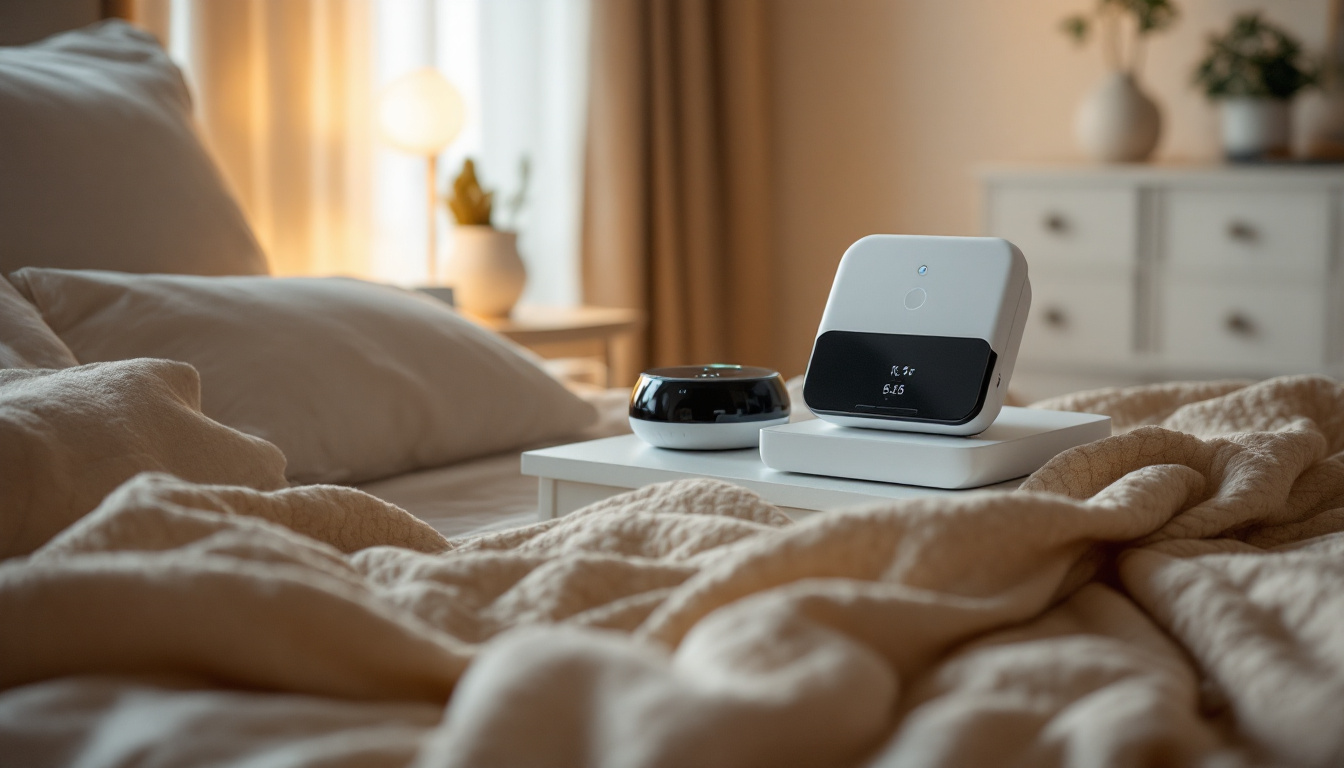
Pre-Study Recommendations
Before the study, individuals may be advised to maintain a regular sleep schedule and avoid caffeine or alcohol in the days leading up to the test. These substances can interfere with sleep patterns and potentially skew the results. It is also important to communicate any medications being taken, as some may affect sleep quality.
On the night of the study, individuals should follow the specific instructions provided regarding device setup. This may include attaching sensors to the body and ensuring the monitoring device is functioning correctly. A comfortable sleep environment can also contribute to a more natural sleep experience.
What to Expect During the Study
During the home sleep study, individuals will wear the monitoring device while they sleep. The device will collect data throughout the night, capturing essential information about sleep patterns and any potential disturbances. It is advisable to maintain a regular sleep position and routine to ensure the most accurate results.
After the study, individuals can return the device as instructed, and the data will be analysed by sleep specialists. Results will typically be communicated within a few days, allowing for timely follow-up consultations to discuss findings and potential treatment options. Click here to find more about treatment.
Interpreting Results and Next Steps
Once the results of the home sleep study are available, individuals will have a consultation with a healthcare provider to discuss the findings. This step is crucial, as it provides an opportunity to understand the implications of the results and explore potential treatment options.
Understanding Your Diagnosis
Results may indicate the presence of a sleep disorder, such as obstructive sleep apnoea or insomnia. Understanding the diagnosis is essential for individuals to grasp the nature of their condition and its potential impact on their health. Healthcare providers will explain the results in detail, helping individuals understand what the data means for their sleep health.
In some cases, further testing or referrals to specialists may be necessary, particularly if the results indicate complex sleep issues. The healthcare provider will guide individuals on the next steps, ensuring they receive comprehensive care tailored to their needs.
Exploring Treatment Options
Based on the diagnosis, various treatment options may be available. For obstructive sleep apnoea, treatments may include lifestyle changes, the use of continuous positive airway pressure (CPAP) machines, or dental devices. Insomnia may be addressed through cognitive behavioural therapy for insomnia (CBT-I) or medication, depending on the severity and underlying causes.
It is essential for individuals to engage in discussions with their healthcare providers about the most suitable treatment options for their specific circumstances. A collaborative approach ensures that individuals receive the best possible care and support on their journey to better sleep health.
Conclusion
As awareness of sleep health continues to grow, it is crucial for those experiencing sleep difficulties to seek help. Home sleep studies represent a convenient and reliable option for obtaining the answers needed to reclaim restful nights and vibrant days. Taking the first step towards better sleep health can lead to transformative changes in quality of life.

